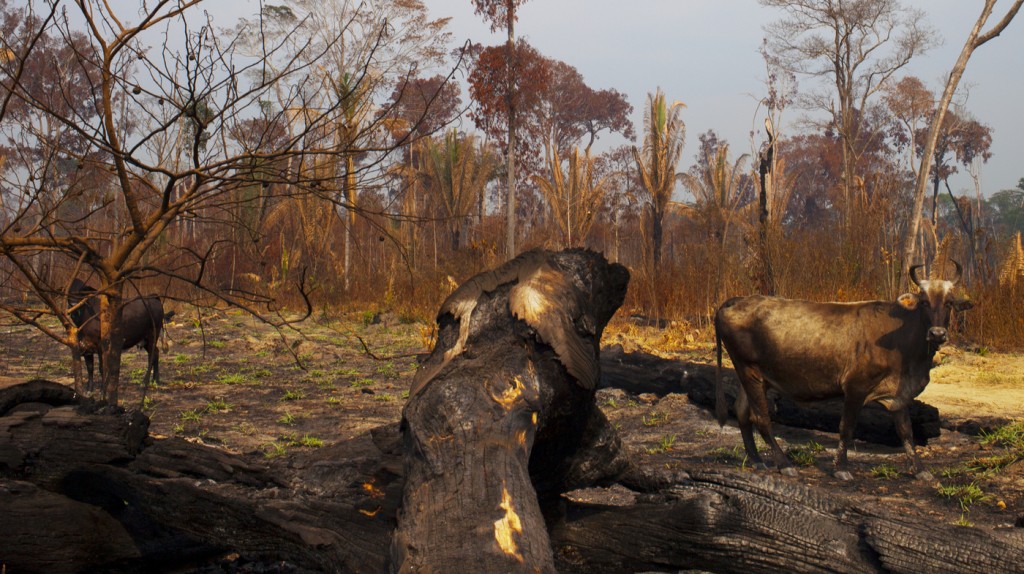Deforestation in Brazil’s Amazon region increased by sixteen percent in the twelve months ending in July of 2015 in comparison to the previous twelve months, according to data from the Ministry of Environment. The results surprised government officials.
“What is a surprise is that deforestation is once again seen in great extensions (of the region), which contradicts everything we have been working for,” said Environment Minister, Izabella Teixeira. According to the government’s data more than 5,831 square km of forest were destroyed during the twelve-month period.
Teixeira said the federal government invested more than R$220 million and monitoring of the area increased by thirty percent in the past year. “This increase is not in line with the resources we made available for these (Amazon) states,” Teixeira said during a press conference to announce the results.
The state of Amazonas led the increase of deforestation, with an increase of 54 percent from the previous year, followed by Rondonia and Mato Grosso. Deforestation in the states of Para and Tocantins remained stable while declines were registered in Acre, Amapa, Maranhão and Roraima.
A preliminary analysis by government officials shows that the growth of deforestation is linked to the expasion of livestock herding and agriculture in these areas. Satellite data shows deforestation especially aggressive in areas surrounding demarked indigenous territory, which has been protected by law.

Despite the increase the deforestation rate for the twelve-month period is the third lowest in the historic series conducted by Prodes, the government system which monitors the Amazon biome via satellite since 1998.
Known as the lungs of the planet, these new deforestation results in the Amazon, come on the eve of the United Nation’s Climate Conference in Paris (COP 21) where the country will take part in negotiations for the global reduction of gases which cause the greenhouse effect.